Any English-speaker who lived in or visited Kansai before 2009 will need no introduction to the monthly magazine Kansai Time Out (KTO), which was in print from 1977 to 2009. Prior to the advent of the Internet it was the main source of information, in English, about what was happening in the region, and acted as a monthly dose of social glue for much of the English-speaking community.
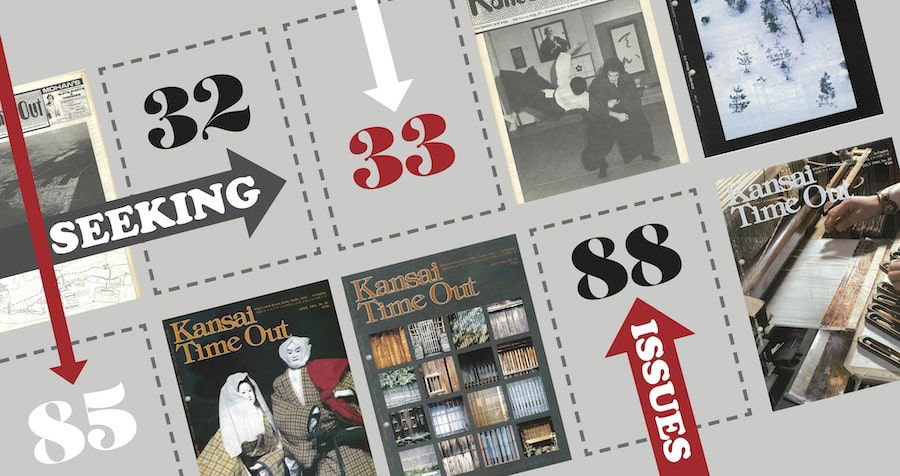
The original founder of Kansai Time Out back in 1977 was an Englishman by the name of David Jack, who had arrived in Japan in 1971 after numerous adventures around the globe in the 1960s. David was a generous person who placed great importance on community, and bringing people together, and who liked to give people an opportunity to try or do something if he thought they had the ability, talent or drive.
By the early 1980s it had become much more than merely a listings magazine, and had started to carry a substantial number of feature-length, longform pieces on a myriad of topics, from Gothic Lolitas to the Japanese obsession with blood types, a tradition it kept right until its demise in 2009. Along the way it also picked up a considerable number of Japanese readers, some for the articles, others for the sheer breadth of events listings. No local Japanese publication highlighted underground punk gigs at Bears in Namba just a couple of pages away from the Noh and Kyogen listings.
As I’ve written elsewhere, the technological advances from the mid-1990s onwards, which coincided with my joining the KTO staff, enabled us to produce an increasingly sophisticated publication with a network of contributors of all stripes and colours both in Japan and overseas. However, the same technological advances that had enabled us to publish books in addition to a monthly 96-page colour magazine also foretold the end of local magazine publishing as increasing numbers of people turned either to the internet to get free information, or were satisfied with the lightweight competitors which had mushroomed in KTO’s wake.
The real death-knell for the magazine came when the foreign-language publication distribution company Yohan unexpectedly went bust in 2008, not long after David and his wife Sachiko Matsunaga, who was also Kansai Time Out’s publisher, had handed KTO over to a Japanese publisher for what transpired to be its final hurrah.
David himself died in 2021 (an obituary can be found here) and after his passing his widow asked me to try to somehow ensure KTO was not forgotten. Before doing anything else, as the Guardian of the Archives, I wanted to ensure I had as complete a set of KTO issues as possible. Of the 391 issues the magazine ran for in its 32-year lifespan, I now have 387, but have come unstuck trying to find the last four.
A number of libraries around Japan have holdings of the magazine, and I have been diligent and done my research, but with no luck. Which brings me to the crux of this short article: my request for help from anyone out there who may have a stash of KTOs hidden away at the back of a cupboard or in an attic.
The missing issues are not from the very early days of the magazine (given how flimsy and fragile the very first editions were it is gratifying that they still exist), but are from 1979 and 1984:
- No. 32, October 1979
- No. 33, November 1979
- No. 85, March 1984
- No. 88, June 1984
If anyone reading this has any of these four lost issues, or knows someone who does, I’d be grateful if you could reach out and send word.
It may not be as epic a quest as Searching for Sugar Man turned out to be, but having the complete run of the magazine would offer deeper insights into just how the English-speaking community in Kansai evolved during the years it was in print.


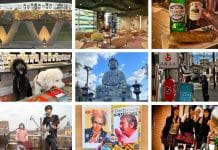





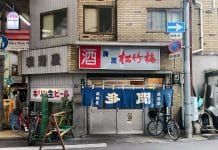




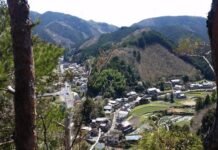
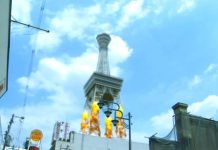





Good to see that you are still active and working on the KTO archive, Dominic. I just went through my personal archive and realized that I must have thrown away every single issue of KTO I ever purchased. Such idiocy!
Hi Kjeld, Good to hear from you! Too bad about the KTO back issues…I’m still hopeful some of them will turn up (none of the missing four has surfaced yet…).
What a great project. KTO was a highlight of my time in Japan, an absolute must for those of us living there before the Internet really took off. I recently discovered a handful of issues that I kept (all late 90s), but I wish I had more. Do you intend to make the whole archive accessible at any point Dominic?
Thanks for the comment, Brendan. Ideally the archive will be accessible yes, though it’s more of a medium-/long-term project at the moment.